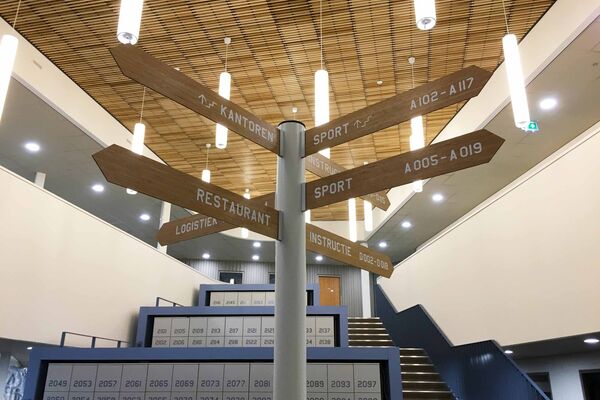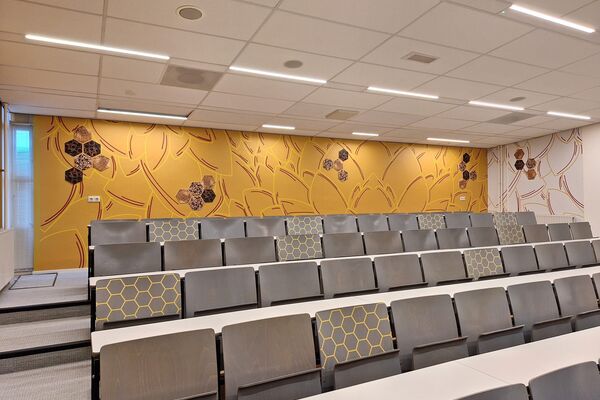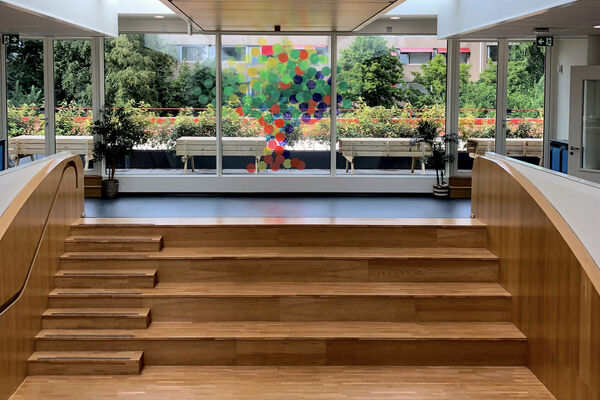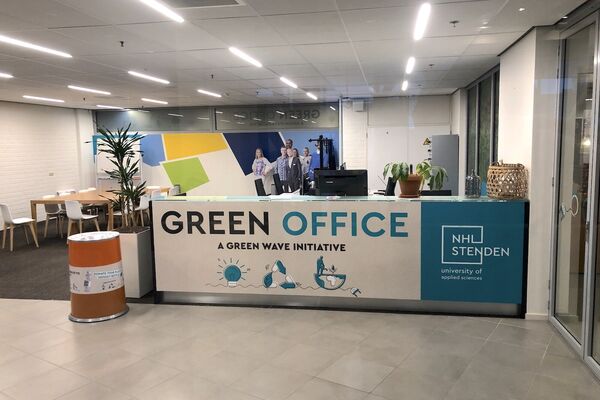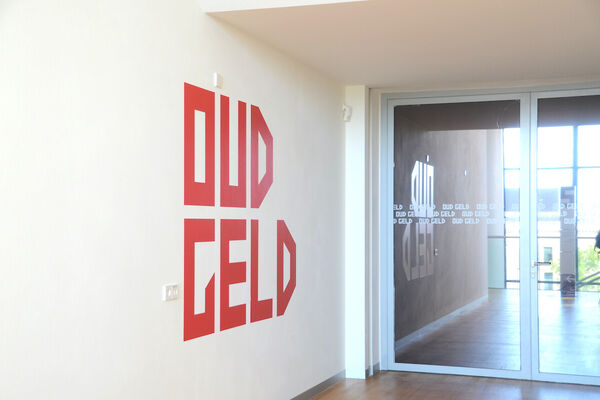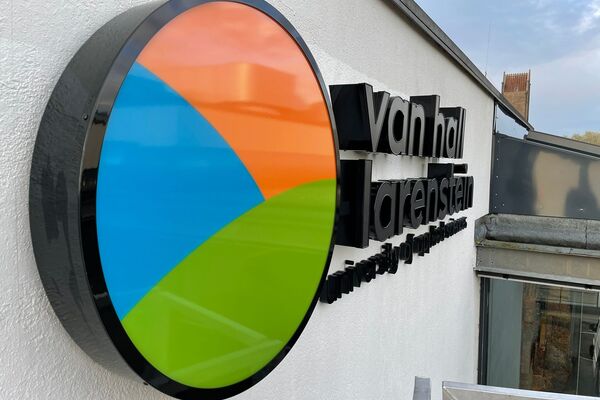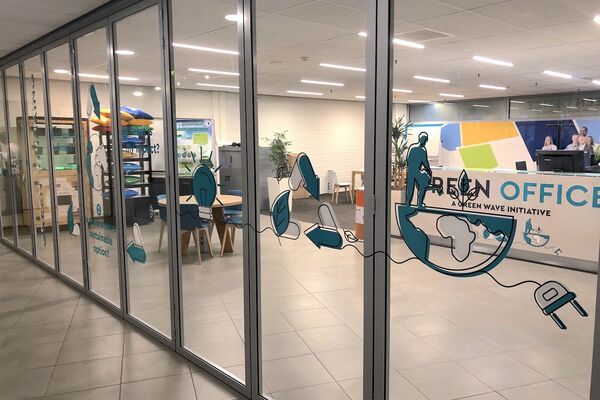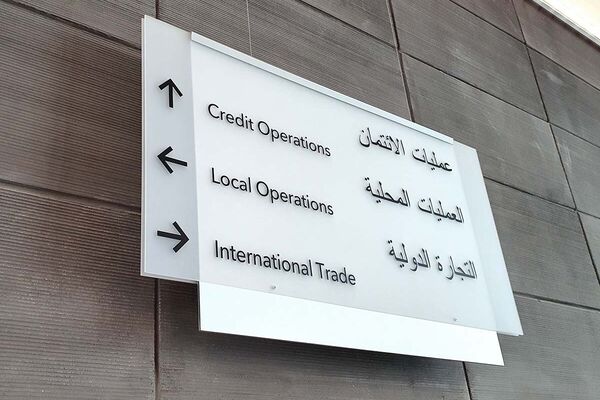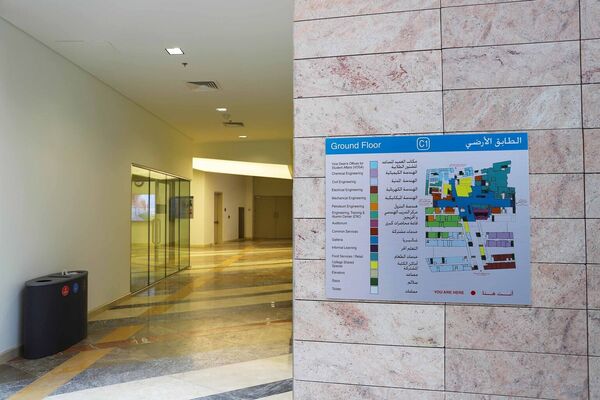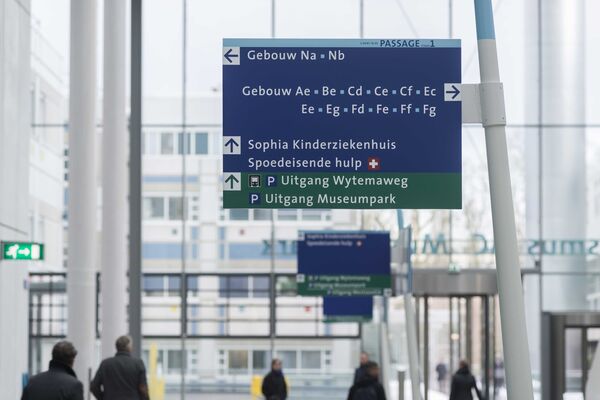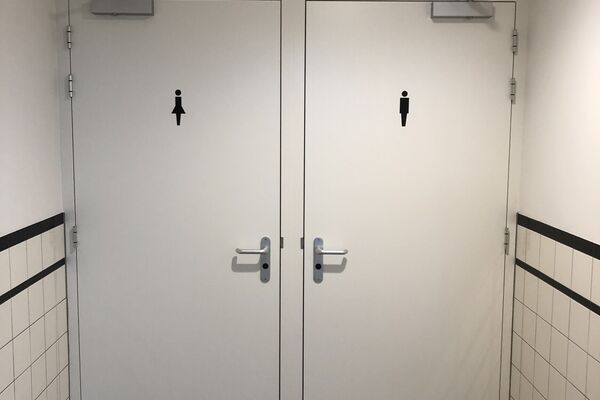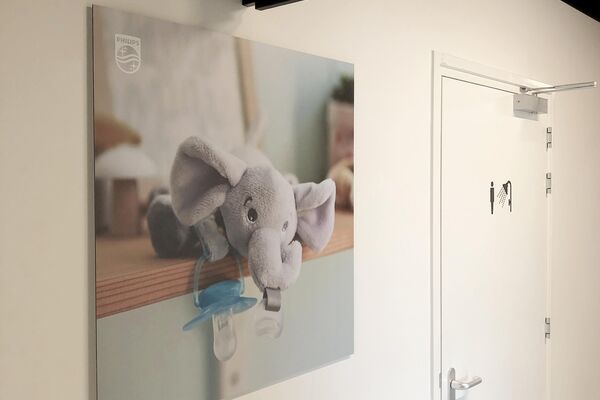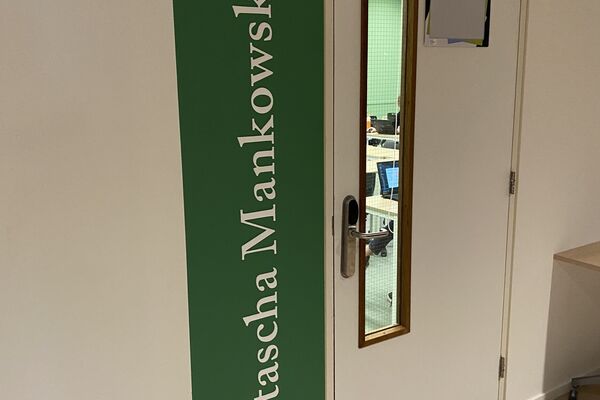Lexicon
Eurorouting’s philosophy
There is a guide in everything
Eurorouting is a specialist in the field of wayfinding and embodies high quality service and product solutions. We advise the client and devise and implement the plan. This unique combination renders us perfectly placed to understand the points at issue and to find practical solutions. We offer the unique ability to combine thinking and doing, design and technology, knowledge and creativity, leadership and impartiality. This vision enables us to design sustainable, well-functioning, integrated solutions, which in turn allows us to make a contribution to the public domain, where people can feel safe and well. We help organisations attain this goal.
What is wayfinding
Wayfinding is human behaviour directed towards finding the way from one location to another in a built-up environment. This behaviour is based upon observation, learning, choosing, setting off and recognition; all simultaneously, in a physical environment.
Wayfinding is a natural process that is learned early in childhood and further developed during life. Wayfinding occurs in many different situations in built-up environments - in a country, in a city, in buildings. In all these situations, people have one thing in common: they use common sense and spatial awareness. This is awareness of the physical environment that is acquired and used – usually with no special effort – to find and follow routes from one location to another; and to remember and use the locations and the spaces between them.
(In daily life, people proceed using common sense and impressions, rather than mathematics and measurements; people recognise images better than, for example, an algorithm or coordinates.)
What is signage
Signage is the provision of structured information directed towards enabling wayfinding in a specific situation. Signage is always linked to location, function and, occasionally, time.
At an airport, a Wayfinder might be looking for a departure gate; in a hospital, a medical function, in a City Hall, a reception desk; in a library, a book; in a station, a platform; in a hotel, a room; in a city, a district, an industrial area, a museum etc…
The Wayfinder has to complete a task, reach a destination and ask questions.Signage must be able to provide the right answer. Design of signage is built around the fundamental questions: what information has to go where, and how should this information be styled?
Signage is not simply boards, rather the provision of multimedia information. Fine tuning the content and style of the various media forms is vital for a consistent image.
Signage is generally physical and mounted within an already equipped and furnished environment, which places demands on the style. We envisage two different approaches to this challenge: signage as a separate interface between building and user (big yellow boards at Schiphol) or subtle clues incorporated into an environment.
Misunderstanding or confusion
Wayfinding is human behaviour.
Signage is the provision of information integrated into a building or environment.
If we look at the broader aspects of Wayfinding in a built-up environment and the consequences thereof, we are talking about People Guiding, an integrated design philosophy concerning how people can find their way in built-up environments and what impact this has on structure and the need for additional measures regarding the transfer of information.
The concept of Wayfinding is frequently misused.





